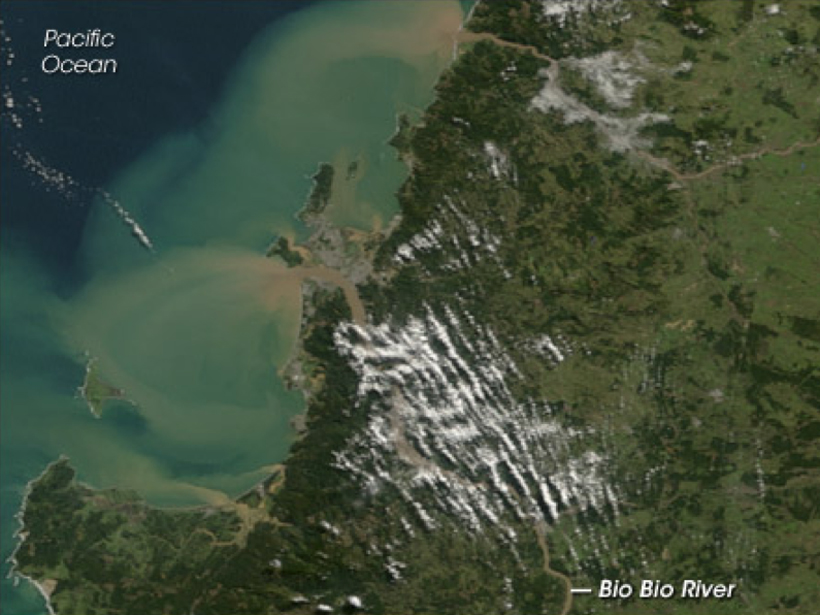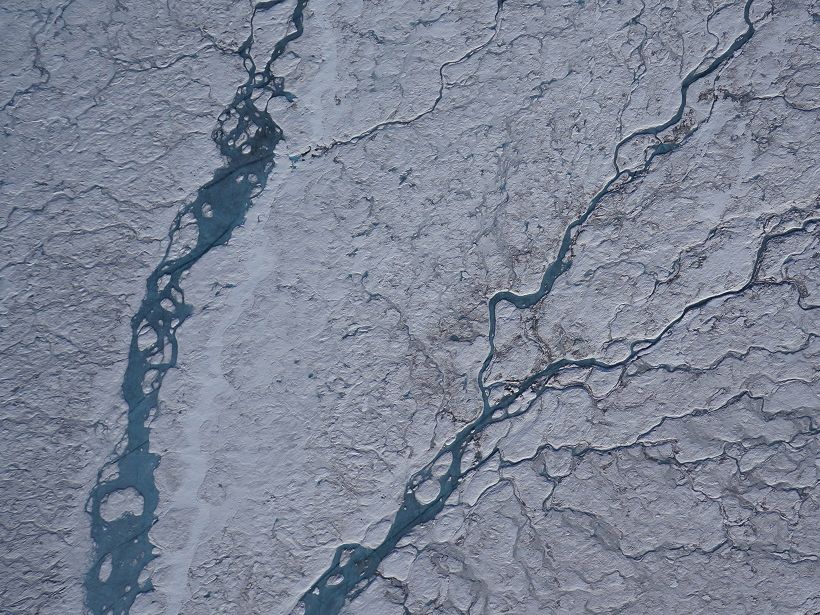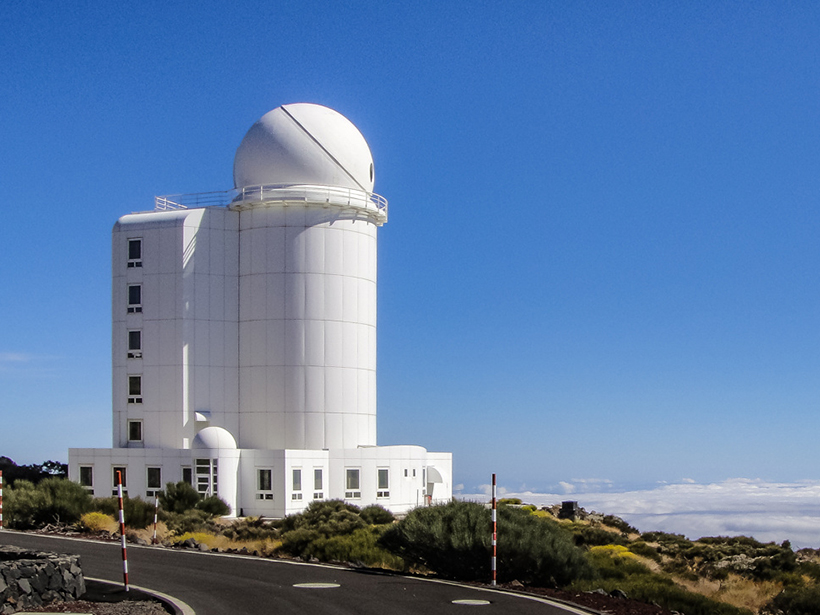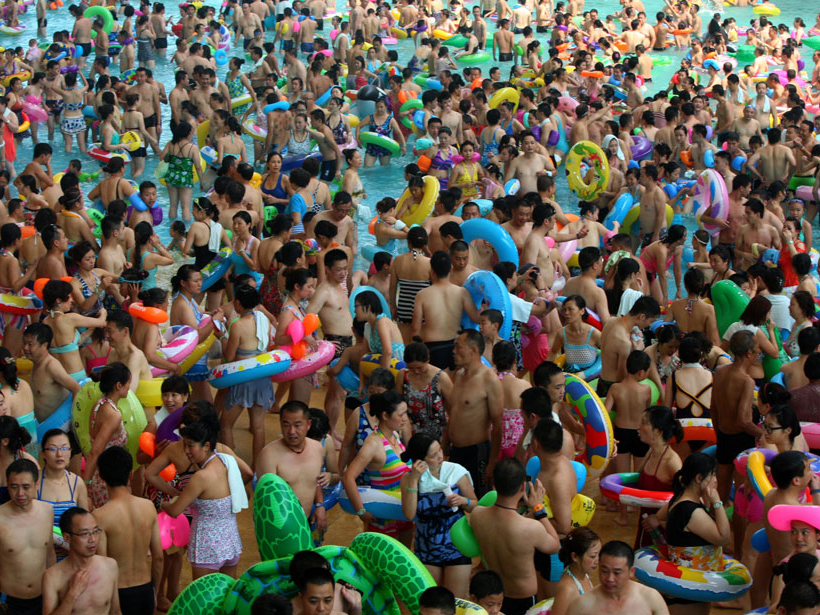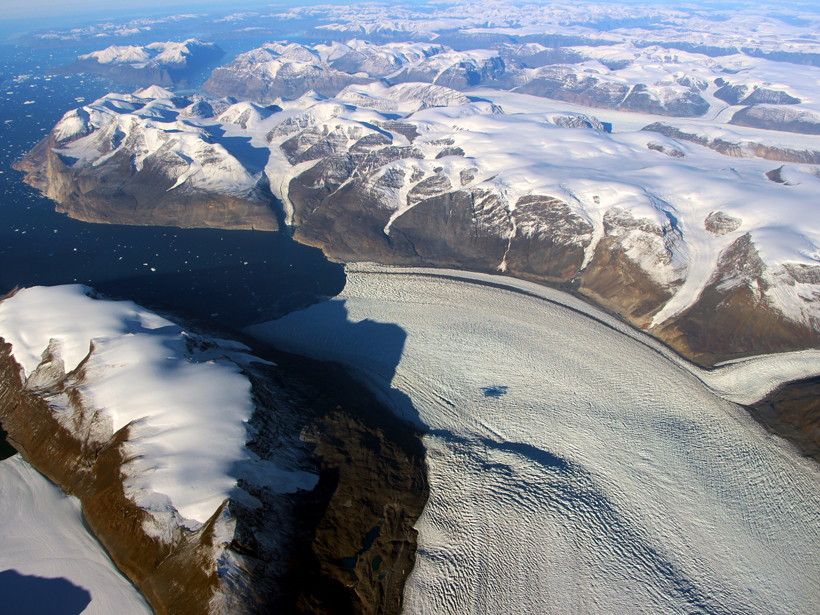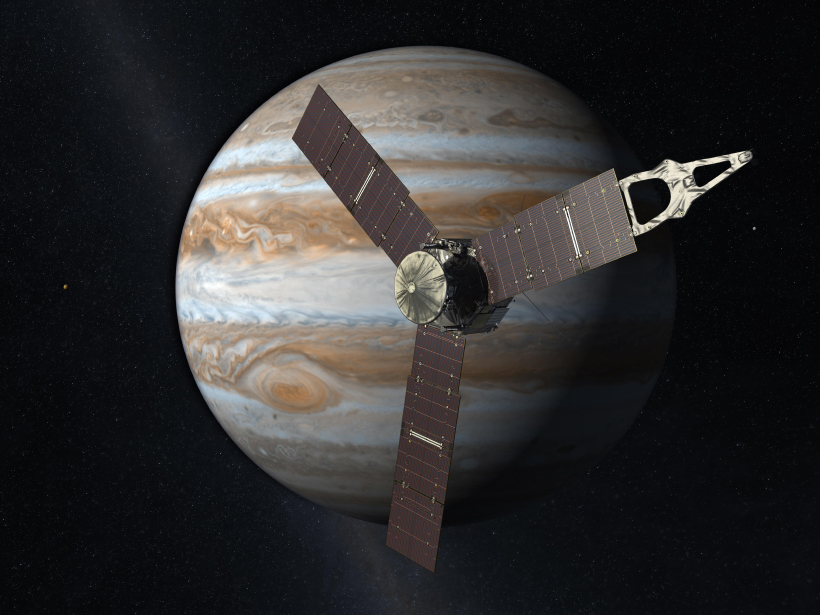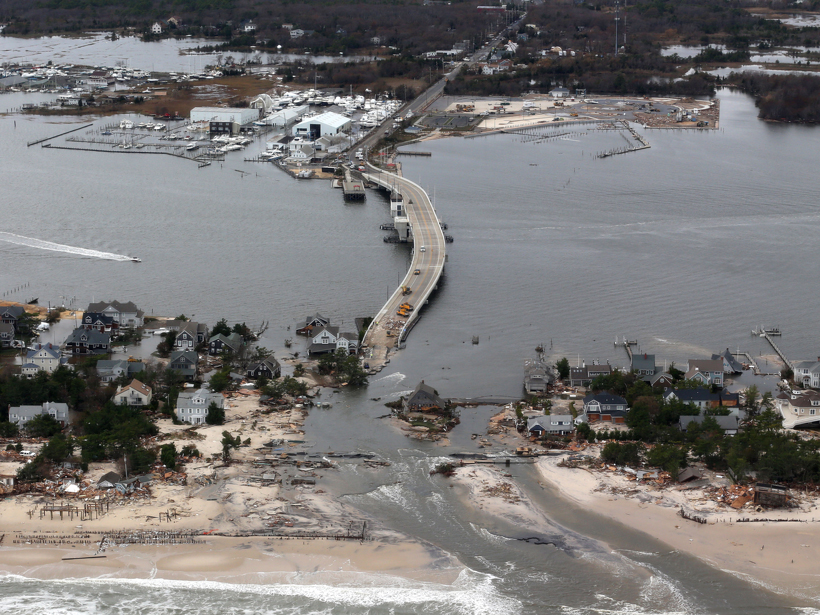Beryllium stored in marine sediments can help scientists study erosion and other environmental changes.
Geophysical Research Letters
On-the-Ground Measurements Overestimate Earth’s Albedo
Weather stations can be used to calibrate and validate albedo measurements from satellites, but they fail to account for variability across landscapes, overestimating how reflective our planet is.
Observing Mercury’s Brilliant Flares from Earth
Researchers make the first short-term observation of sodium flares in Mercury’s exosphere.
Offshore Wind Turbines Can’t Yet Withstand Category 5 Hurricanes
A new study suggests that more robust turbine design is needed to weather high winds.
The Competing Climate Effects of Elevation and Albedo
Variations in surface reflectivity are as important as surface elevation changes in determining regional climate at nonpolar latitudes, according to a new modeling study.
Are Humans to Blame for Worsening Heat Waves in China?
A new study suggests that even hotter events will follow unless greenhouse gas emissions are reduced.
Massive Waves of Melting Greenland Ice Warped Earth’s Crust
A novel method uses shifting bedrock to trace pulses of mass that propagate down a glacier.
Huge Storms Disrupted Jupiter’s Fastest Jet Stream in 2016
Recurrent jet stream disturbances provide glimpses of what lies beneath the gas giant’s thick upper cloud cover.
How Quickly Is Mercury’s Surface Evolving?
New measurements of impact craters on Mercury’s smooth plains suggest that the topography of the solar system’s innermost planet is changing at twice the rate of landforms on the Moon.
Accounting for Accelerated East Coast Sea Level Rise
An analysis of tide gauge records and physical models shows acceleration of sea level rise on the East Coast due to melting of the Greenland Ice Sheet is especially pronounced south of 40°N latitude.

